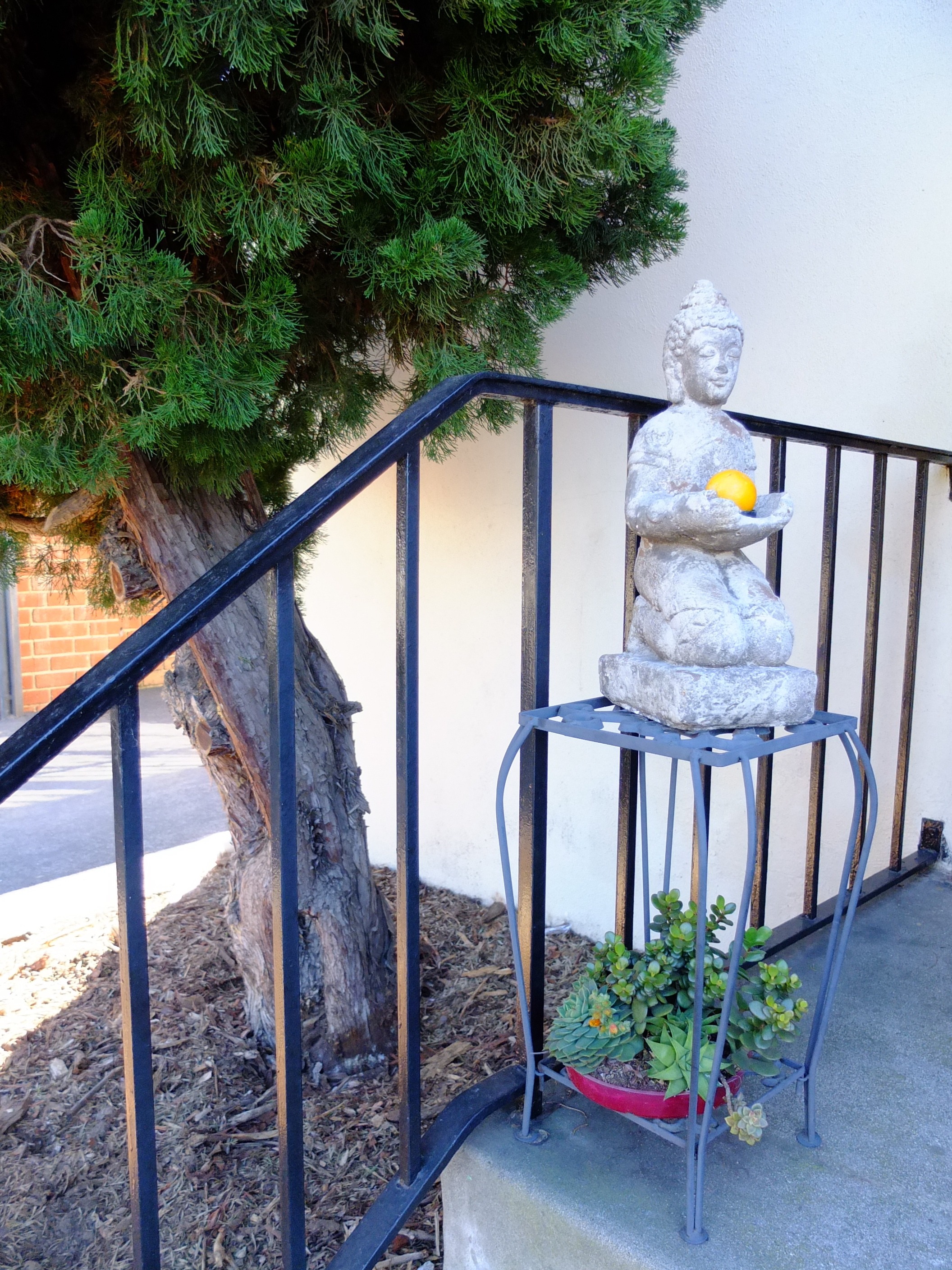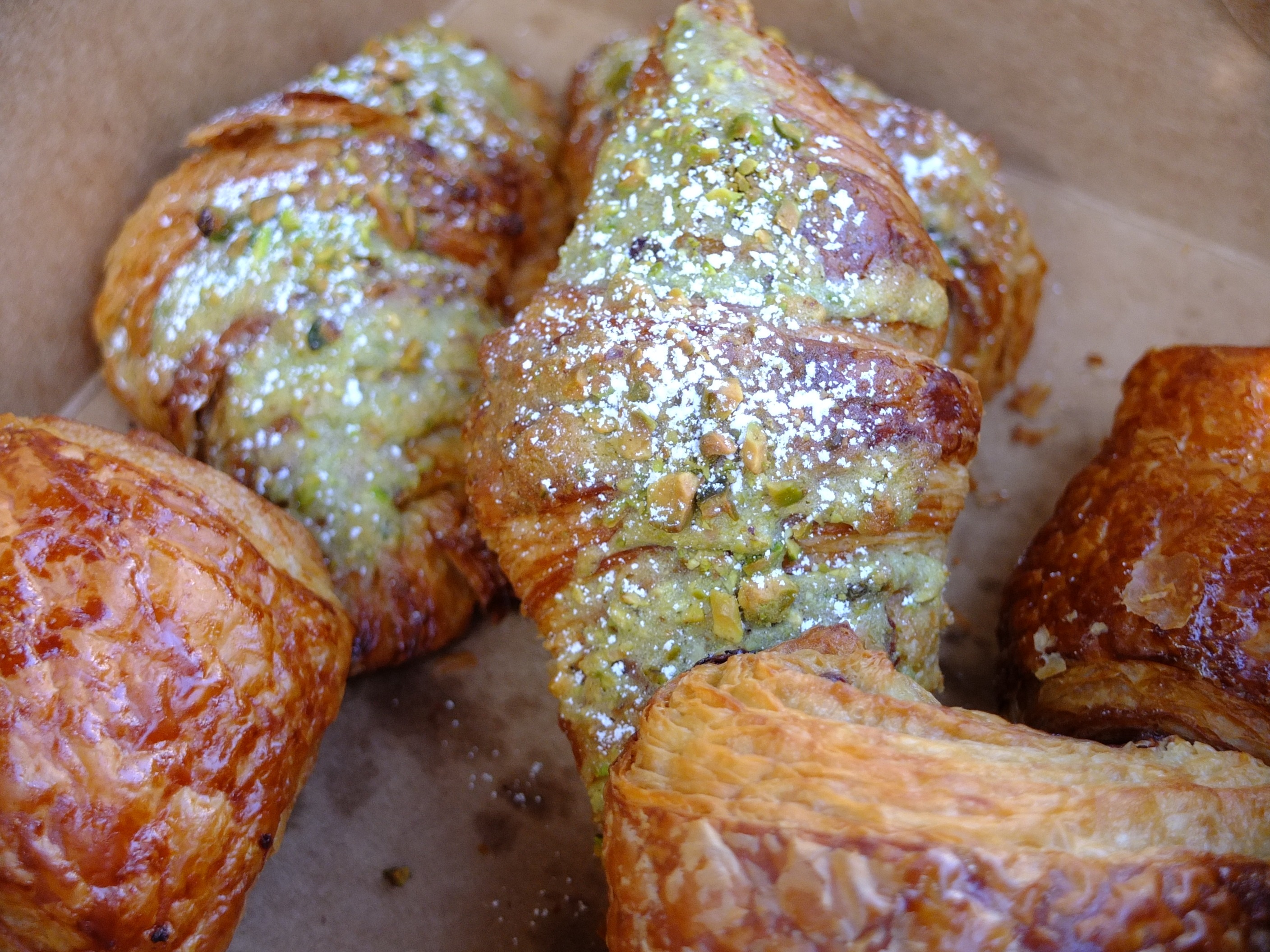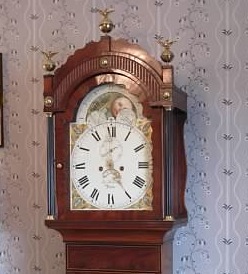A recent article in The New York Times caught my eye. It was about Amy E. Herman, an expert in visual perception, who has written a book titled Visual Intelligence: Sharpen Your Perception, Change Your Life. She teaches medical students, business executives, and those who work in local and federal law enforcement how to use art as a tool for critical inquiry: What am I seeing here? How do I attach a narrative to it? Her goal is to teach people how to notice details they might otherwise miss. Because I used to take my film students to the art museum to do something similar, I was totally intrigued by the reactions of a…
-
-
Siddhartha’s River and Our River
One of the best things about tutoring an inquisitive ninth grader in the humanities – literature and history, writing and global studies – is that I have the opportunity to revisit stories I have read in the distant past, when I was a different person. Doesn’t the passage of time change us at least a little (or maybe even immensely)? Reading stories a second time makes me notice and appreciate the way I have changed. Thus, I found myself re-reading Siddhartha by Herman Hesse (Hilda Rosner’s translation). The first time I read it I was 19. I was on a plane. When I reached the last page, I remember looking…
-
Vinnie Ream’s Lincoln Statue
Note from Pamela: When Malena, with whom I have the pleasure of exploring all subjects related to the humanities, and I were delving into the years after the American Civil War, we read a marvelous picture book about a young girl who met President Abraham Lincoln and ended up sculpting his bust. Her name was Vinnie Ream. Her story led Malena to investigate statues of President Lincoln. This post is the third and final post of three Lincoln statues Malena chose to research. ************* Vinnie Ream’s Lincoln Statue by Malena Ani Vinnie Ream was born on September 25, 1847 near Madison, Wisconsin. Her mother was Lavinia Ream and her father…
-
Everyone’s Lincoln
Note from Pamela: This guest post is by Malena Ani, the 9th grade student with whom I have the pleasure twice a week to explore all topics related to the humanities. This is the second of three posts about sculptors who had the chance to demonstrate their love for Abraham Lincoln in statues they created. Due to Malena’s research, I now know the story behind the hands of this awe-inspiring statue. My resident cinematographer — Professor William McDonald — appreciated the story behind the lighting of the statue (the first version mortified Daniel Chester French). When Bill and I lived in Washington D.C. we used to visit the Lincoln Memorial…
-
1 of 200+ Abraham Lincolns
Note from Pamela: Did you know that there are over 200 statues of Abraham Lincoln in the United States? (Only four are on the west coast.) Malena, who I tutor in history and the humanities (literature, philosophy, art) fell in love with Augustus Saint-Gaudens’ statue of Lincoln. So…I suggested she research the story behind the artist and his statue. The following post is what Malena learned. In the coming weeks, stay tuned for two more stories about two more Lincoln statues. “The Standing Lincoln” or “Lincoln, the Man” by Augustus Saint-Gaudens Located in Lincoln Park, Chicago, Illinois Dedicated on 10/22/1887 ****************** My Favorite Lincoln by Malena Ani Augustus Saint-Gaudens was born…
-
Medicine Cabinets are Revealing Places
At Foyle’s Bookshop on Charing Cross Road in London, we discover a humorous collection of travel guides. The titles begin with The Xenophobe’s Guide to… and end with the name of a country. We thought The Xenophobe’s Guide to the Americans especially funny (and quite accurate) and bought two copies. One section in the book outlined the contents one is likely to find in a typical American medicine cabinet (it turns out medicine cabinets are interesting revealers of cultural maladies and worries). The American cabinet is likely to contain: Deodorant, because Americans worry about odor. Antacids, because indigestion is part of the American way of life (and diet). Allergy, sinus and…
-
The Power and Pleasure of Introverts
If solitude is an important key to creativity, then we might all want to develop a taste for it. We’d want to teach our kids to work independently. We’d want to give employees plenty of privacy and autonomy. Yet increasingly we do just the opposite. from Susan Cain’s Quiet: The Power of Introverts in a World That Can’t Stop Talking My friend has sent me Quiet, and she has enclosed this note: “I think you will be able, like me, to find some excellent morsels in here that will remind you of things you like about yourself, your husband and your daughter, as well as some insights.” My friend knows us well —…
-
Inspired by Words and Notes
A lovely essay titled “Piano Lessons” appeared in the Los Angeles Times on Mother’s Day. I was fascinated by the way in which Professor Greene’s essay intertwined music and the beauty of words, revealing the similarities between playing the piano and writing, two of my passions. Music and literature share rhythm, composition, and story, so that a piano piece can tell a story as vividly as a novel, and a novel can crescendo like a piece of music. Words are like notes, and sentences like musical phrases. As Professor Greene’s essay illustrates, they both have the power to inspire. The subtitle of the essay is: Music saved my mother. Her…
-
The Proof is in the Croissants
You might have figured out from earlier posts that I thoroughly enjoy reading Donna Leon’s mystery novel series featuring Commissario Guido Brunetti. Set in Venice, Italy, reading the books sends me on a trip to an exotic and interesting place, with a guide I trust. Guido Brunetti is married to Paola, who I enjoy knowing just as much as Guido. She is a professor of literature and an excellent cook. As intriguing as the mysteries are, I also like being in the company of Guido and Paola, especially when they discuss and eat food. Paola cooks up amazing dishes using fresh ingredients, which the entire family — including a teen…
-
Are You Doing Too Much Homework?
“Race to Nowhere” is a powerful documentary that has brought to light the negative and frightening consequences of high-pressure schools, where numerous hours of homework, stringent (and not necessarily illuminating) AP courses, and high GPAs are the ultimate goal. The film continues to be screened around the country stirring up conversation and awareness among students, parents, teachers, and some administrators who are beginning to realize the high cost of too much pressure on both physical and mental health. The film is emboldening individuals and communities to advocate for change. An announcement I received for upcoming screenings includes the story of Elle DelGrosso. Elle was a junior in high school…









